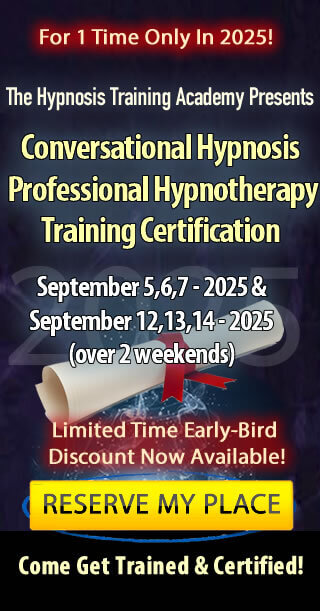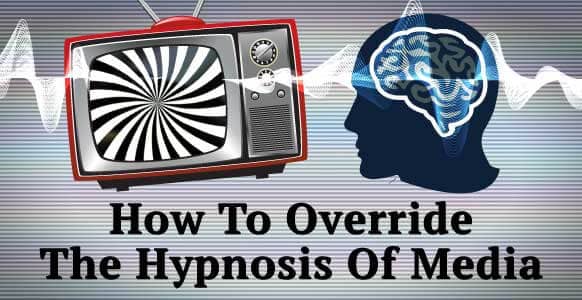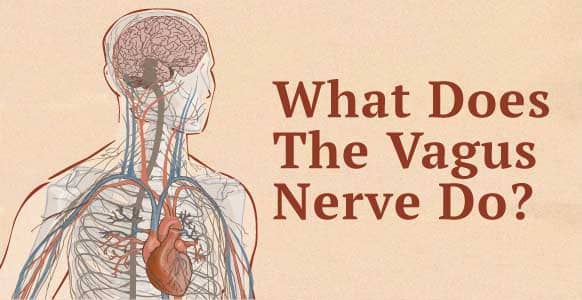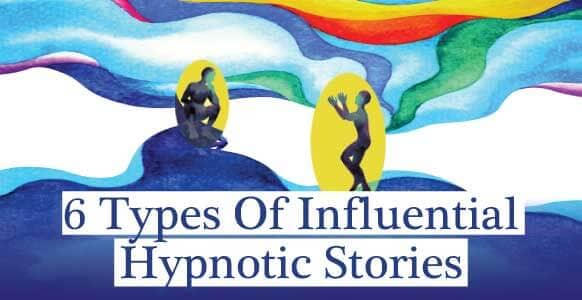
When you can empathize with the hypnotic subject’s experience to the point that you can almost get inside their mind and appreciate exactly how your hypnotic suggestions are impacting on them, your ability to hypnotize people will soar.
But just knowing what hurdles even a simple hypnotic suggestion has to pass is not enough.
You have to be able to evaluate how you are doing at each of the five stages of suggestion.
This is where suggestion styles come in.
You have probably heard about all the distinctions hypnosis training schools will typically make when comparing suggestion styles: Authoritarian vs. Permissive Hypnosis, or Direct vs. Indirect Suggestion.
I would like to refine this categorization a little further in order to give us more precise “suggestion tools”.
Lets adopt the accepted split between Direct and Indirect Suggestions as rough categories to explore.
Direct Suggestions can further be specified into the following types:
1. Instruction (e.g. “Your arm is lifting!”)
2. Cognitive (e.g. “Think about your arm lifting”)
3. Imaginative (e.g. “Imagine your arm is lifting”)
4. Sensory Based (e.g. “Picture your arm lifting” and “Feel your arm lifting”)
Notice by the way that the final category “sensory-based” direct suggestions is really five separate categories combined (i.e. suggestions that use just one of each of the five senses).
Indirect Suggestions can come in the following classes:
1. Subliminal (e.g. embedded suggestions “I have to hand it to you, its an uplifting experience.”)
2. Associational (e.g. metaphors “Little Johnny was in school and raised his hand to go to the bathroom.”)
3. Situational (e.g. regression “you’re in school and you have to go pee!”)
When we look at this list we notice that even direct suggestions have an indirect element.
For example, a cognitive suggestion like “think of your arm lifting” is aiming at activating the ideodynamic response through the power of association – which is a characteristic of an indirect suggestion.
This may seem like splitting hairs right now, but I believe that this understanding of what impact a suggestion has on the mind of the subject is crucial.
Phrasing a suggestion as a cognitive direct suggestion might fail with one subject.
But the very same suggestion framed as an imaginative suggestion may work very well for her! As an example try this out on your friends.
Ask them to notice how they experience the following three statements.
Make them compare what spontaneously happens in their minds when you say:
1. Think about your bedroom
2. Imagine your bedroom
3. Picture your bedroom
What you will find is that some people will mentally process all three instructions identically: they have the same pictures and feelings inside.
Others will actually experience them differently.
As an example, one of my students found that she was associated with the image when she “imagined” and dissociated when she was asked to “picture” the scene.
How do you think I would phrase my suggestion for the “cinema technique” for curing a phobia? Remember that using the standard wording “imagine yourself in a cinema… etc” would actually evoke an associated experience for her – precisely what I don’t want!
This understanding of how different phrasing of the same idea can affect people is a crucial insight on your way to creating true hypnotic empathy with your hypnotic subject.
I believe it is one of the key secrets behind Erickson’s success: he knew how his clients thought, so he knew how to phrase his suggestions to get the best effect!











![Yogic Breathing For Hypnosis: 3 Easy Techniques To Ground & Relax Your Clients Before Inducing A Hypnotic Trance [Includes Infographic] Yogic Breathing For Hypnosis: 3 Easy Techniques To Ground & Relax Your Clients Before Inducing A Hypnotic Trance [Includes Infographic]](https://hypnosistrainingacademy.com/wp-content/uploads/2019/05/yogic-breathing-for-hypnosis.jpg)


